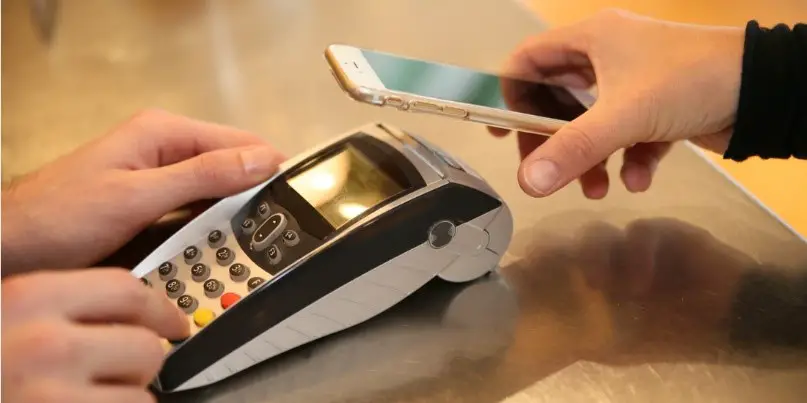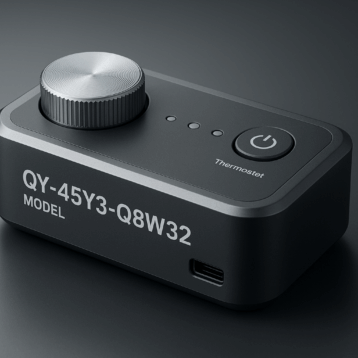
Do you use a digital wallet or mobile app to pay for daily expenses, like groceries, coffees, or dinners out? What about cabs or Ubers? If you’re still leery of mobile payments, you’re not the only one. The digital wallet trend hasn’t quite caught on; only 17 percent of smartphone users have a digital wallet app, and 76 percent of those who do, don’t use it often.
But, that’s just in the United States. In China, mobile pay apps have already all but replaced cash, with 14 percent of Chinese people surveyed saying they don’t carry cash at all, and 26 percent saying they have less than the equivalent of $16 in cash in their pockets at any given time. Although credit and debit cards are, for the moment, the most popular payment option in the U.S., Business Insider predicts that, by 2020, 56 percent of U.S. consumers will be using mobile pay apps for a total payment volume of $503 billion. It’s only a matter of time before you, too, could be ditching your wallet and using your phone to pay for everything you need.
Mobile Payment Basics
Digital currency and payments have been around for a lot longer than you might think. The first digital, or crypto, the currency was invented in 1983. Popular mobile payment options like PayPal, which debuted in 1998, have been around for a while. More recent competitors, like Google Wallet, introduced in 2011, and Apply Pay, launch in 2014, are still picking up steam.
Today, mobile payment options vary. Mobile wallet applications like MobilePay, PayPal, and Google Wallet are perhaps the most popular. Mobile wallets allow users to pay for goods and services using a mobile phone app. Payment technology takes advantage of the phone’s Near Field Communication (NFC) or Bluetooth Low Energy (BLE) wireless technology to provide a “tap and go” experience that saves consumers time and eliminates the need to carry around cash and cards. Most mobile wallet apps allow users to charge purchases to the bank account or credit card; some, like PayPal and Google Wallet, allowing users to carry a cash balance in the app account itself.
You may not have jumped on the mobile wallet bandwagon just yet, but chances are you’ve used a mobile device to shop and make purchases online, send money to a friend, buy a game or a song, or even complete an in-app purchase. Mobile devices are also increasingly becoming point-of-sale platforms. Mobile payment apps allow users to pay for online orders, sometimes without even divulging a credit card number; users can even send money to friends. Many companies’ mobile apps also include built-in payment systems that allow customers to pay for orders.
Mobile payments aren’t simply a means to wire money, consolidate cards, or pay for online purchases. Most offer incentives like cash-back rewards, budgeting tools, and promotions. They’re an easy way to avoid ATM fees. If you’re a small-business owner, you can use mobile payment apps to avoid some transaction fees or even save on a pricey POS system.
The Future of Mobile Payment
Mobile payment and digital wallet apps are continuing to add more features to entice customers and add functionality for merchants. Mobile banking apps increasingly allow customers to make instant transfers between accounts, initiate mobile deposits, or send money to friends and family. Payment apps for wearable tech have already made it possible to pay for things with your watch or wristband. While mobile payment and digital wallet apps aren’t yet very popular with American consumers, consumers from countries where these apps are more popular are already pumping lots of cash into the global economy. China’s 122 million yearly tourists spend a total of $110 billion during their trips abroad, mostly using popular mobile pay apps like Alipay and WeChat, and that figure is only expected to grow.
In the near future, blockchain technology will make it easier for consumers to do more than just buy coffee with a mobile app. Soon, you could be using your digital wallet to buy your next car or your future fiancée’s engagement ring, pay for medical care, close on real estate, perform title transfers, and even write paychecks for your employees.
If you’re like most Americans, you make most of your purchases using a credit or debit card. Soon, plugging your debit card into an EMV machine at the grocery store could become the equivalent of holding up the line while you write a check. Mobile payment technologies are advancing quickly, and soon, they could be the most popular form of payment in the world.










